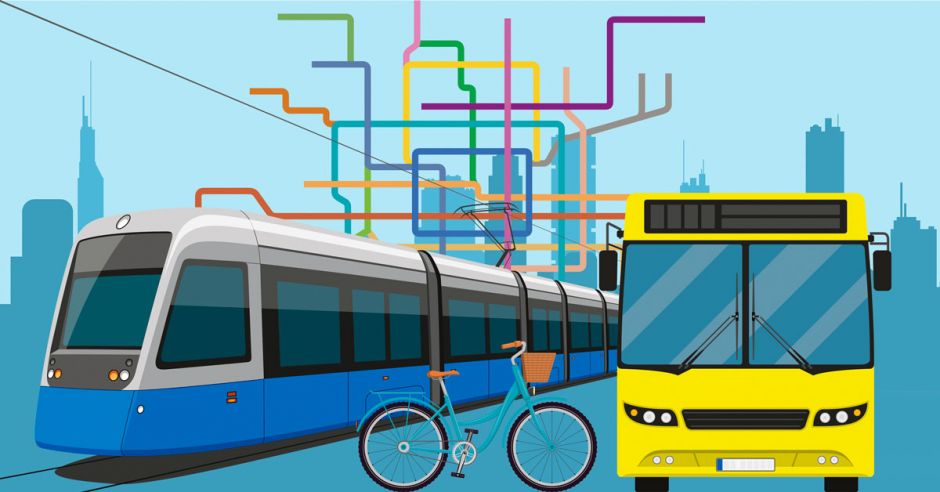Water transport has been a vital mode of transportation for centuries, enabling the movement of goods and people across vast distances. While it offers numerous advantages, it is essential to acknowledge the disadvantages that come with this mode of transport. In this article, we will explore the five key disadvantages of water transport, shedding light on the challenges that need to be considered in this industry.
- Limited Accessibility:
One of the primary drawbacks of water transport is its limited accessibility. Unlike other modes of transportation, such as road or air, water transport heavily relies on the availability of navigable waterways. Inland regions or landlocked countries often face challenges in accessing water transport, limiting their ability to fully utilize this mode of transportation. - Speed and Time Constraints:
Water transport is generally slower compared to air or rail transport. Ships and barges have lower speeds, and factors such as weather conditions, currents, and port congestion can further delay journeys. This slower pace can be a disadvantage when time-sensitive deliveries are required, affecting industries such as perishable goods or urgent medical supplies. - High Initial Investment:
Establishing and maintaining water transport infrastructure requires significant capital investment. Building ports, docks, canals, and maintaining navigable waterways demand substantial financial resources. Additionally, the cost of acquiring and maintaining vessels, including fuel, crew, and maintenance, adds to the overall expenses. These high initial investments can deter potential investors or limit the expansion of water transport networks. - Limited Flexibility and Route Options:
Unlike road or air transport, water transport is constrained by fixed routes and navigable waterways. Ships and barges are limited to specific water routes, making it challenging to reach certain destinations directly. This lack of flexibility can result in additional costs and time-consuming transshipment processes, especially when goods need to be transported to inland locations. - Environmental Impact:
Water transport, particularly large cargo ships, can have a significant environmental impact. The burning of fossil fuels by vessels contributes to air pollution, while accidental oil spills pose a threat to marine ecosystems. Additionally, the construction of ports and dredging activities can disrupt natural habitats and affect marine biodiversity. Addressing these environmental concerns is crucial for sustainable water transport practices.
Conclusion:
While water transport offers numerous advantages, including cost-effectiveness for bulk cargo and the ability to transport large quantities of goods, it is essential to consider the disadvantages. Limited accessibility, speed constraints, high initial investments, limited flexibility in routes, and environmental impact are key challenges that need to be addressed in the water transport industry. By acknowledging and finding solutions to these disadvantages, we can strive for a more efficient, sustainable, and inclusive water transport system in the future.

